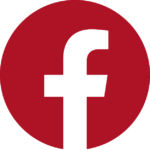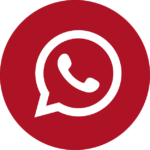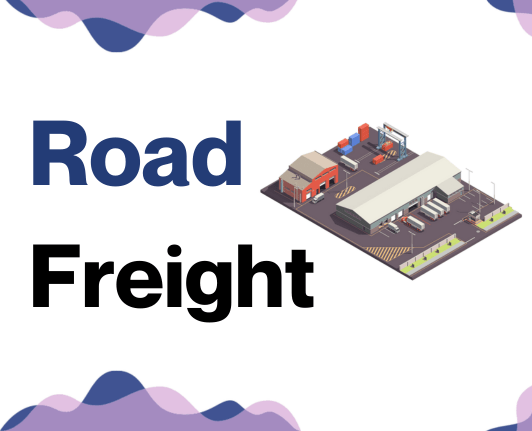Main shipping ports in France
Port of Le Havre Official
Location and Volume: Located in the Normandy region, the Port of Le Havre is the largest French port for external trade and container shipping. It embodies an annual shipping volume of around 4.5 million TEU.
Key Trading Partners and Strategic Importance: Le Havre is a gateway to Europe and serves as a major hub for trade with key partners such as Asia, the United States, and the rest of Europe. It is a member of the North Range ports, the largest and most important shipping region in Europe.
Context for Businesses: If you're aiming to tap into the European market, the Port of Le Havre's well-established connections can offer businesses an advantage, especially considering its connection to the European hinterland via road, river, and rail networks.
Port of Marseille Fos
Location and Volume: Leaning on the Mediterranean coast, the Port of Marseille Fos is pivotal for Mediterranean trade, handling approximately 1.8 million TEU annually.
Key Trading Partners and Strategic Importance: The port entertains trade relations with numerous countries in Africa, Asia, and Europe. It's the first French port for oil and liquid bulk and a crucial energy hub.
Context for Businesses: If your business deals in energy sectors or wants to connect with Mediterranean or African markets, the Port of Marseille Fos, with its diverse freight services, offers numerous opportunities.
Port of Dunkirk
Location and Volume: At the northmost tip of France, the Port of Dunkirk is one of the largest French ports. It supports a shipping volume close to 500,000 TEU every year.
Key Trading Partners and Strategic Importance: The port has a strong leaning towards Northern Europe, particularly with countries like the UK, Ireland, and the Benelux countries. As France's third-largest port, it plays a vital role.
Context for Businesses: For businesses planning to penetrate the Northern European markets, the Port of Dunkirk provides a competitive advantage with its comprehensive ro-ro services, facilitating the shipment of truck trailers and other wheeled cargo.
Port of Nantes Saint-Nazaire
Location and Volume: The Port of Nantes Saint-Nazaire, located on France's West coast, is an important Atlantic port, processing around 300,000 TEU per year.
Key Trading Partners and Strategic Importance: The port maintains strong trade links within Europe, making it significant for intra-European trade. Additionally, it's a strong hub for the bulk industry and agri-food goods.
Context for Businesses: If you're targeting the European market or work in the agri-food industry, Nantes Saint-Nazaire offers robustness in services and a quick connection to the continent's hinterlands.
Port of Rouen
Location and Volume: The Port of Rouen is situated inland along the River Seine and handles around 10,000 TEU annually, but is particularly vital for bulk trade.
Key Trading Partners and Strategic Importance: The port engages in meaningful trade with Western Europe, specifically the UK and Ireland. Its primary importance lies in grain exportation, recognized as one of the world’s leading grain ports.
Context for Businesses: For businesses in the agri-food sector, particularly grain trade, the Port of Rouen can serve as an essential part of your logistics plan given its well-known expertise in the area.
Port of Bordeaux
Location and Volume: Positioned along the Garonne River, the Port of Bordeaux handles about 80,000 TEU annually, yet is significantly renowned for its wine trade.
Key Trading Partners and Strategic Importance: The port enjoys trade relations with Europe, Africa, and the Americas - accounting for 80% of its international trade movements. It's a key player in the global wine industry, and a leading port for wine and spirits export.
Context for Businesses: If you're in the beverage industry, specifically wine and spirits, the Port of Bordeaux might be integral to your shipping strategy due to its exceptional handling of this specific trade.

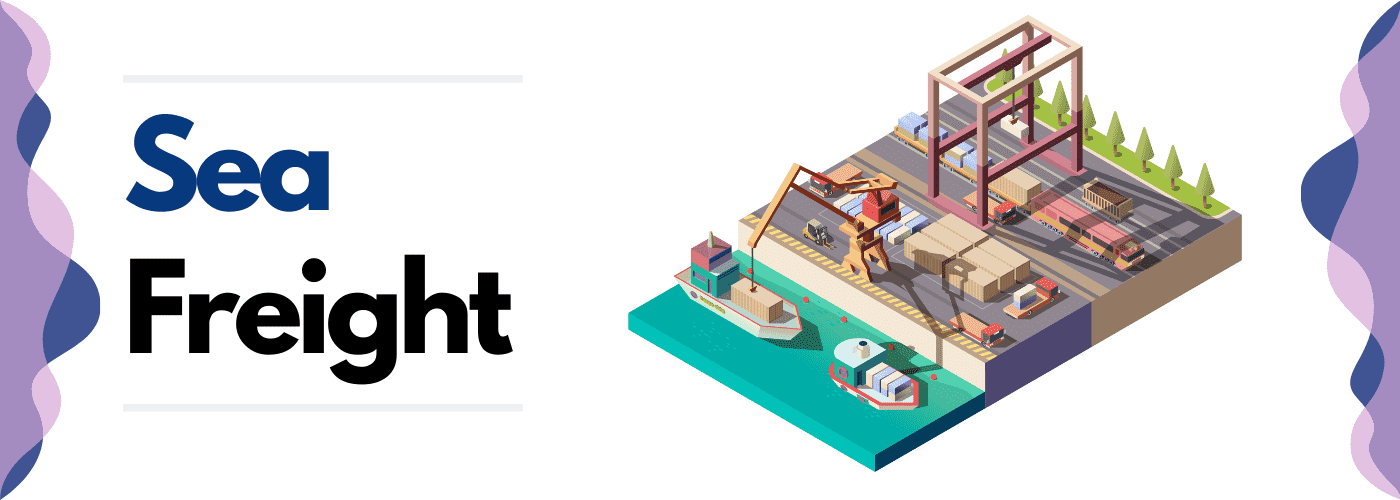
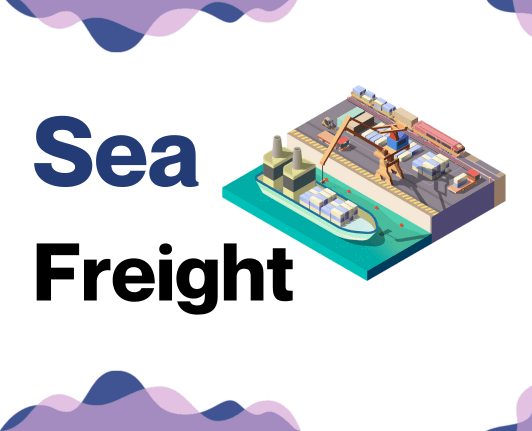
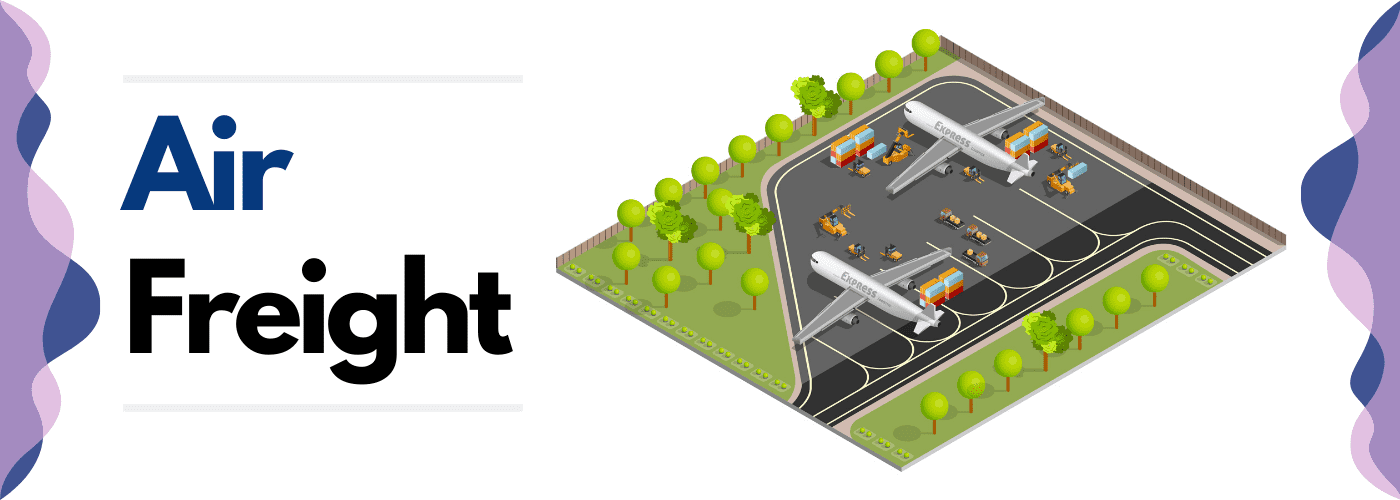
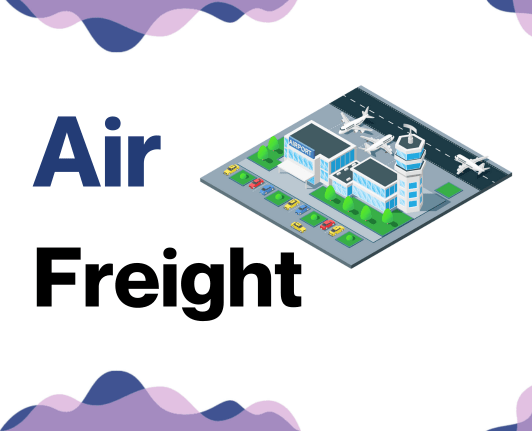



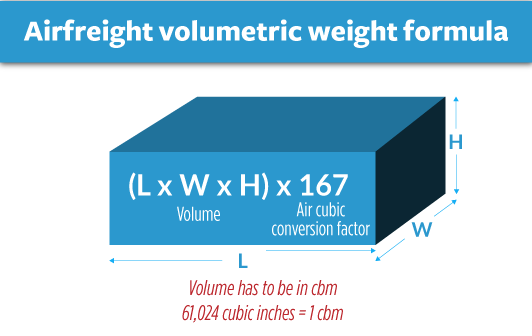
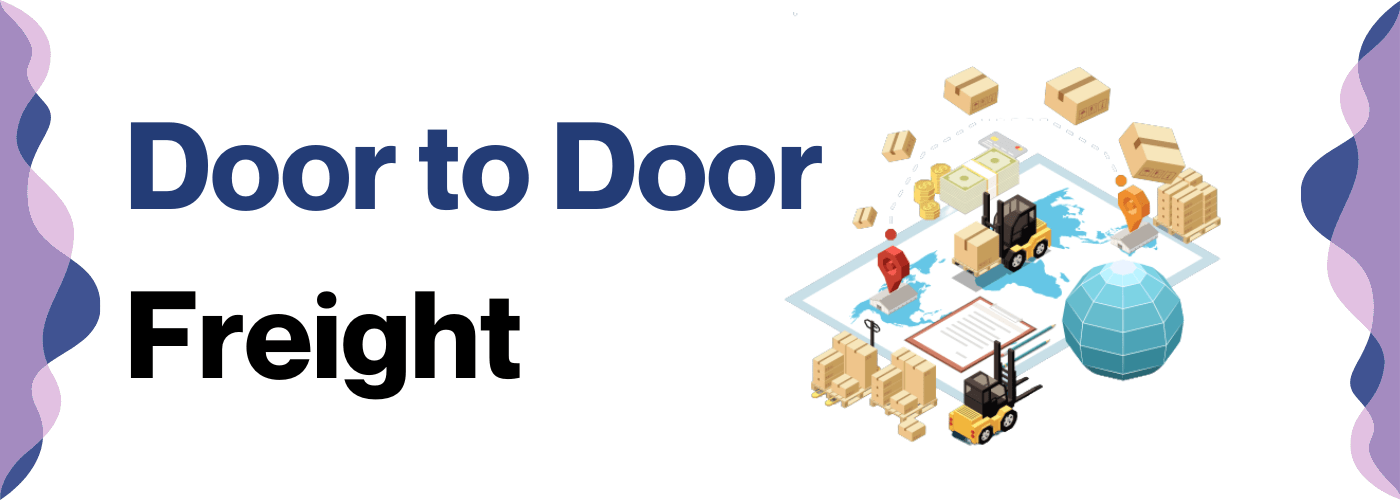
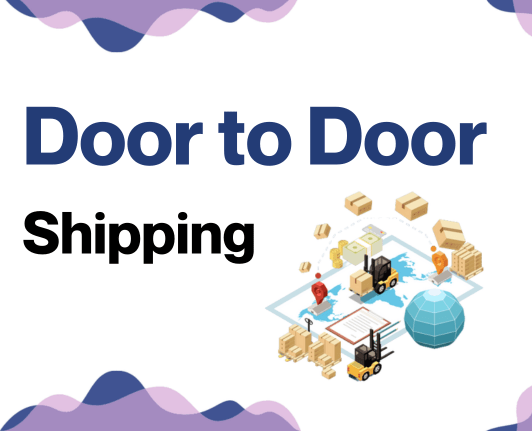

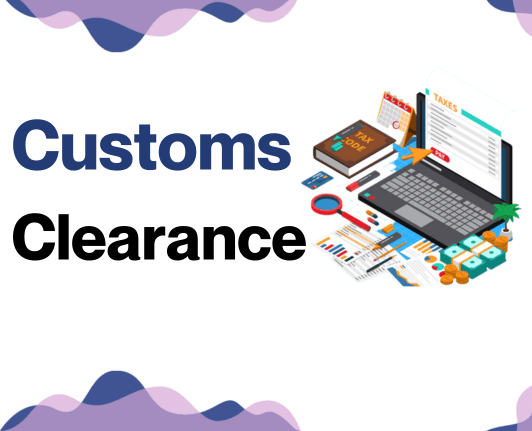

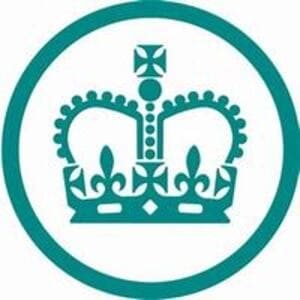








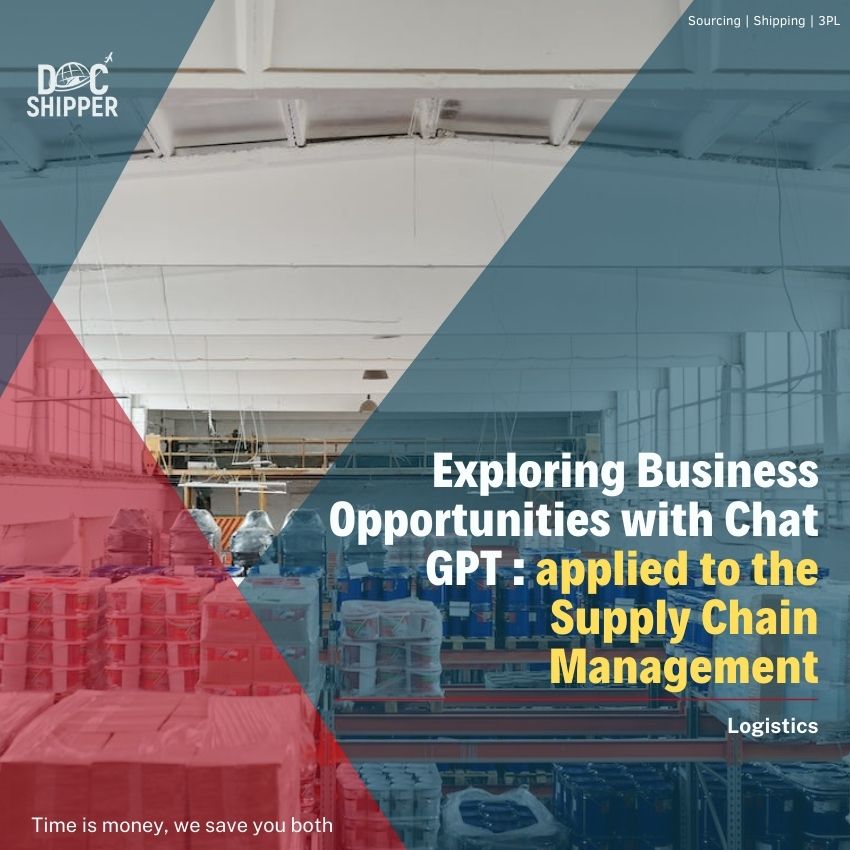
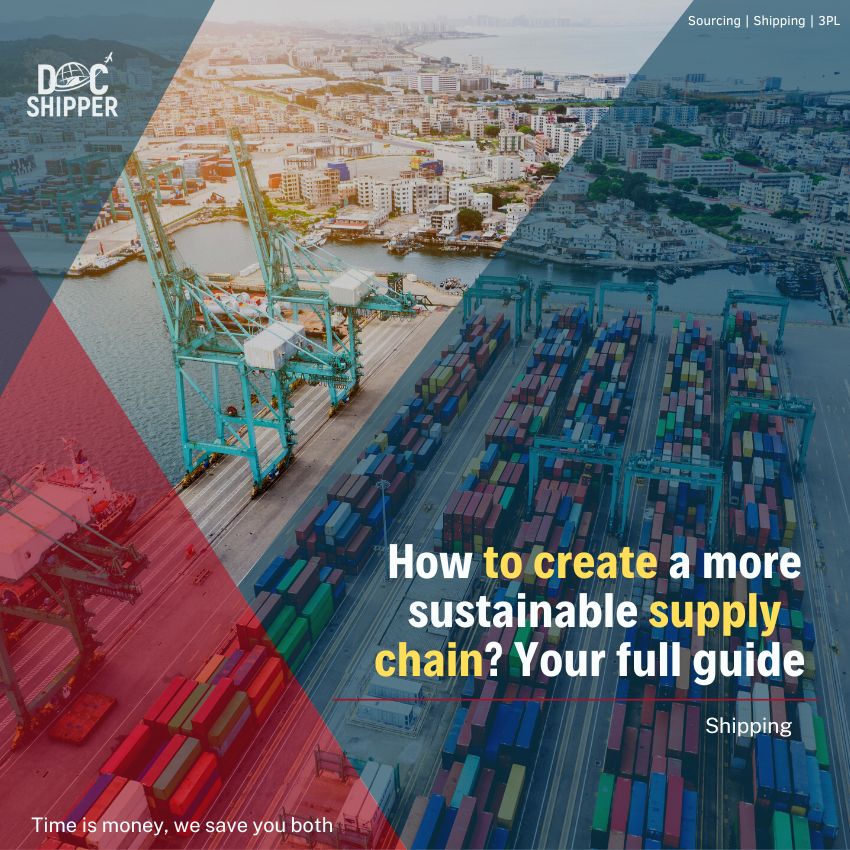
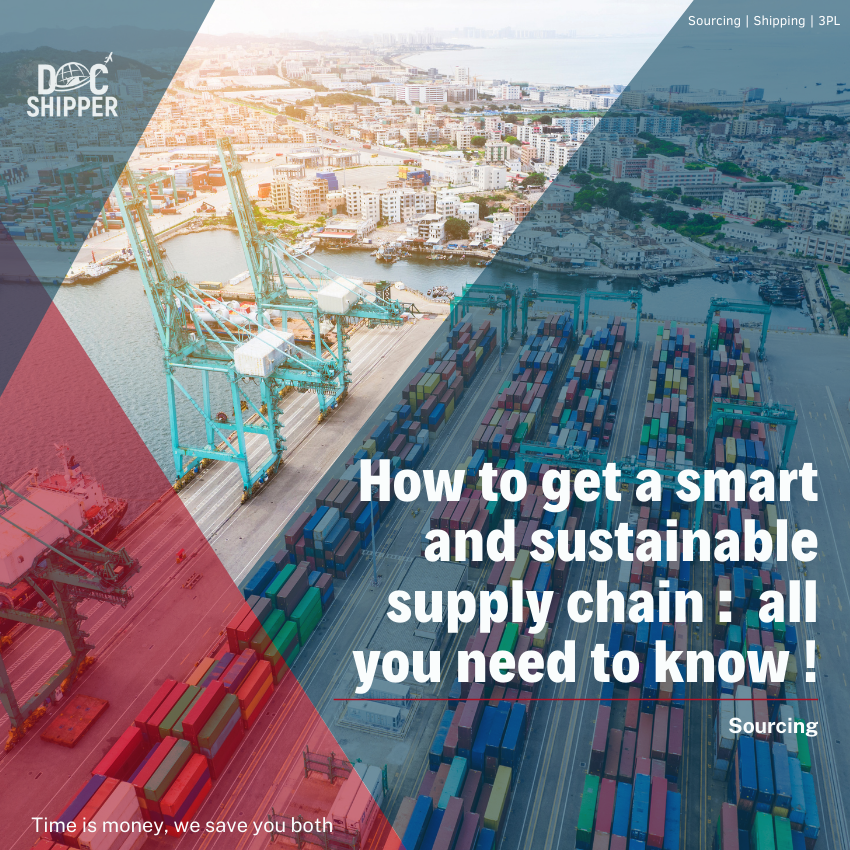

![Understanding BOP [Definition – Details – Special Consideration]](https://docshipper.co.uk/en/wp-content/uploads/sites/3/2022/06/Understanding-BOP-Definition-–-Details-–-Special-Consideration-1.jpg)


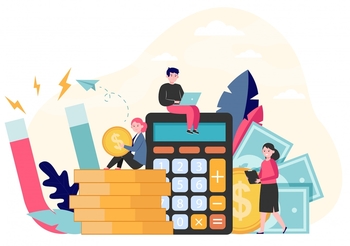 The
The 